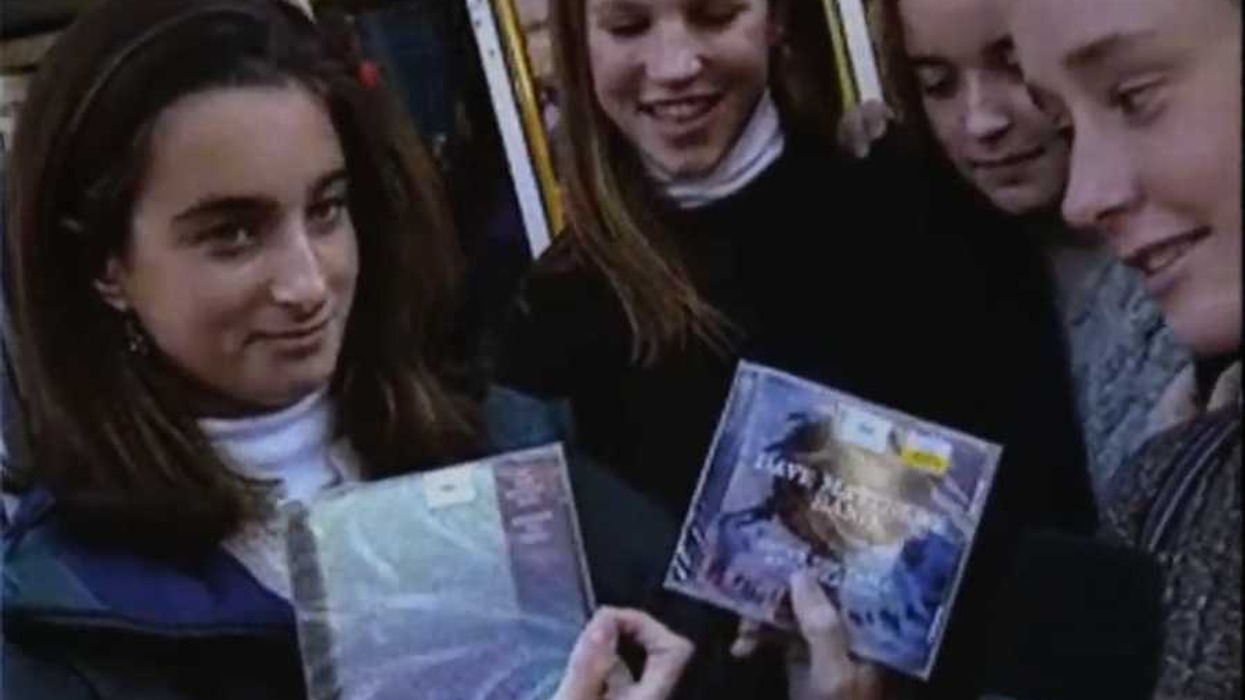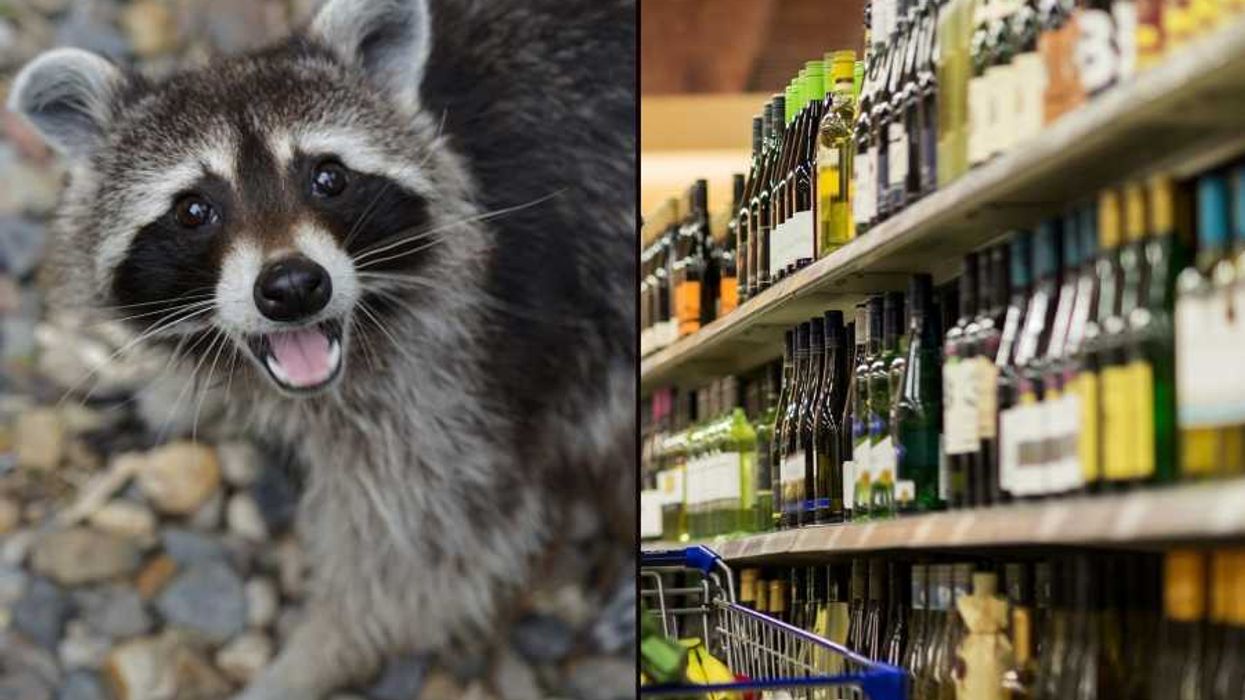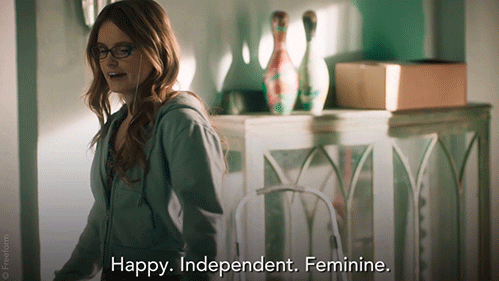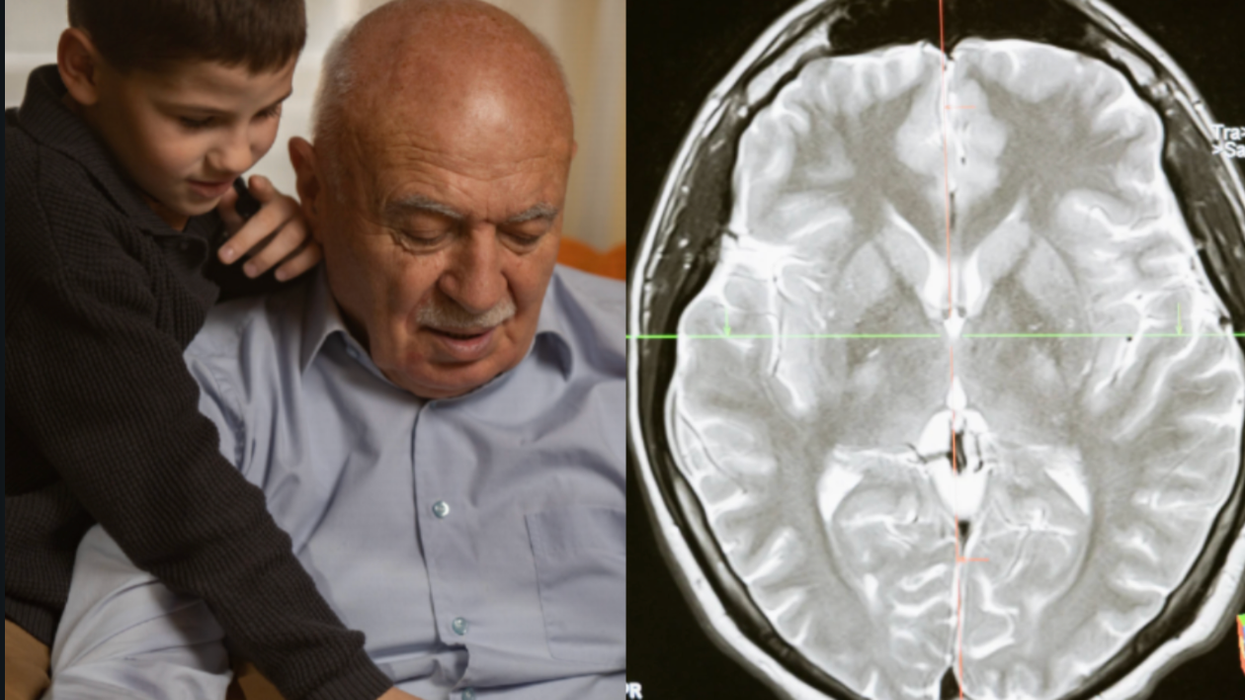The stimulus bill has supplied billions of dollars to state and local governments to fund projects to create jobs. Some of that money is going into "green jobs." A certain number of these involve renovating homes and buildings to make them more energy efficient, a process called "weatherization," or "energy efficiency retrofitting." This is a look at three of the major initiatives that are creating weatherization and other energy-efficiency-related green jobs, where that money is being spent in states so far, and some examples of how the money is being used to help bring these improvements to the communities that need them the most.Look for a video about real life examples of the green jobs that are being created, coming soon to GOOD.A collaboration between GOOD and Tiziana Haug & Steve Rura. Created in partnership with Green for All, a national organization dedicated to building an inclusive green economy, strong enough to lift people out of poverty. To learn more about what Green For All is doing to grow green collar jobs and how you can get involved, visit greenforall.org
Growing the Green Job Boom
The stimulus bill has supplied billions of dollars to state and local governments to fund projects to create jobs. Some of that money is going...
By Tiziana Haug,
Tiziana Haug
Steve Rura

















 Ladder leads out of darkness.Photo credit
Ladder leads out of darkness.Photo credit  Woman's reflection in shadow.Photo credit
Woman's reflection in shadow.Photo credit  Young woman frazzled.Photo credit
Young woman frazzled.Photo credit 
 A woman looks out on the waterCanva
A woman looks out on the waterCanva A couple sits in uncomfortable silenceCanva
A couple sits in uncomfortable silenceCanva Gif of woman saying "I won't be bound to any man." via
Gif of woman saying "I won't be bound to any man." via  Woman working late at nightCanva
Woman working late at nightCanva Gif of woman saying "Happy. Independent. Feminine." via
Gif of woman saying "Happy. Independent. Feminine." via 
 Yonaguni Monument, as seen from the south of the formation.
Yonaguni Monument, as seen from the south of the formation. 


